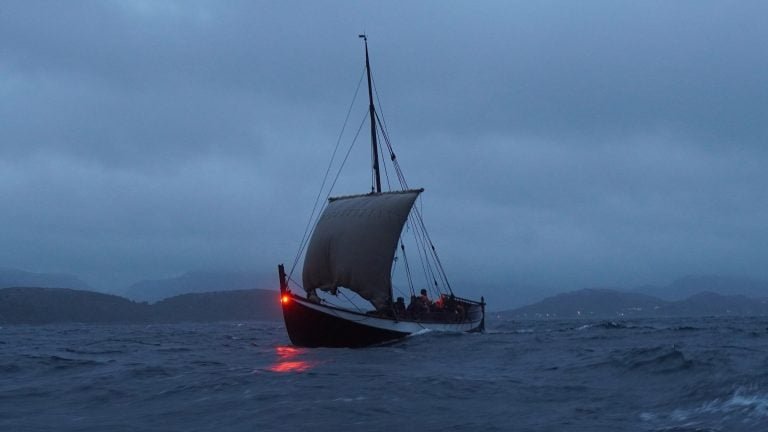A groundbreaking study has traced the Viking Age walrus ivory trade routes using ancient DNA, shedding light on Norse interactions with Indigenous Arctic peoples centuries before Columbus.
Key Findings:
- Walrus ivory traded by Greenland Norse originated from remote High Arctic hunting grounds.
- Norse Vikings and Arctic Indigenous peoples met and traded in the North Water Polynya.
- Genetic “fingerprinting” revealed specific Arctic hunting grounds as sources of traded ivory.
- Experimental voyages confirmed Norse seafaring capabilities.
Expert Insights:
“The Norse expansion into the North Atlantic was driven by the demand for elite products like walrus ivory.” – Peter Jordan, Professor of Archaeology, Lund University
“The genetic profiles of walrus artifacts matched specific Arctic hunting grounds.” – Morten Tange Olsen, Associate Professor, Globe Institute
Implications:
- Evidence of early encounters between European Norse and North American Indigenous peoples.
- Confirmation of the North Water Polynya as a significant cultural meeting point.
- Insights into contrasting Norse and Indigenous Arctic lifestyles.
Reference:
Study published in Science Advances (2024)
Share Your Thoughts:
How do these findings reshape our understanding of Viking trade routes and cultural interactions?

















